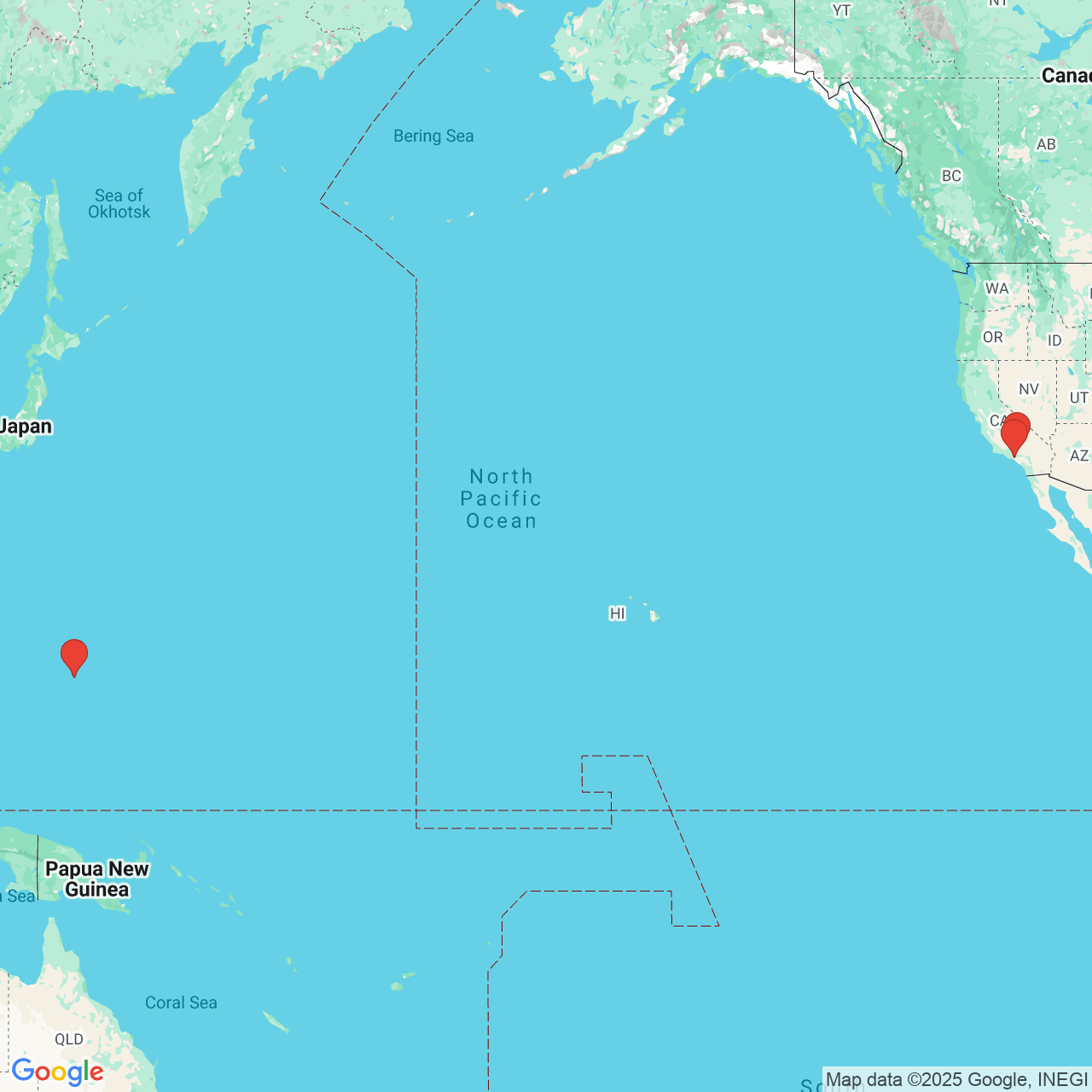
Are You Ready For Better Vision?
Pacific Retina Specialists specializes in the medical and surgical treatment of ocular complications of diabetes, age related macular degeneration, retinal detachment, ocular inflammation, and other retinal diseases. Schedule an appointment at one of our conveniently located offices in Beverly Hills, Tamuning, and Lancaster.
You can reach us online, or by calling: (310) 289-3666

